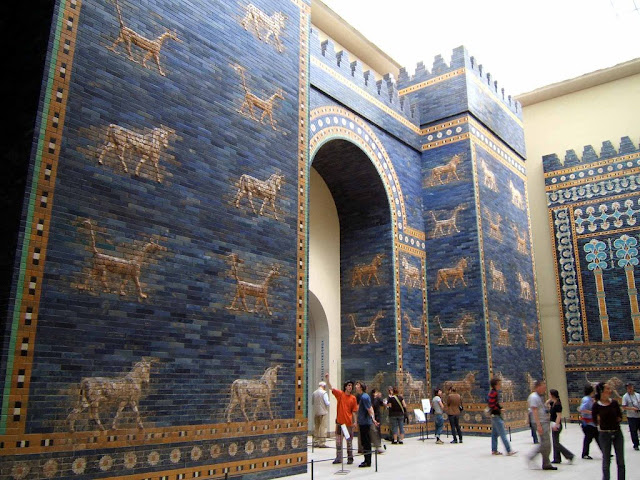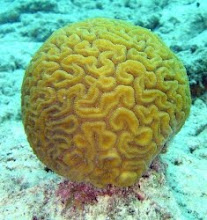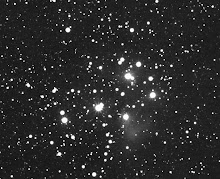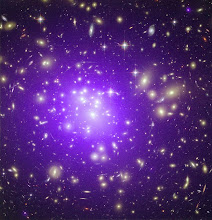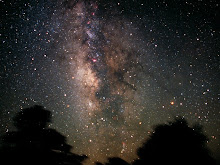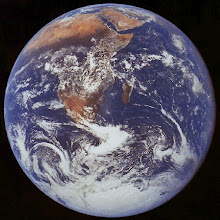Gradualism existed throughout the transition from dinosaurs to mammals.
What appears to be a determination to resurrect something about dinosaurs is mostly without value, and somewhat misleading. Mammals already evolved from dinosaurs.
It was not the case that dinosaurs totally disappeared, and then mammals emerged from square one. Dinosaurs ran into contradictions when their heat content and its nature and magnitude created an overheating problem. They could not stay cool during hot days, in great part because of their size, and at night they could not stay warm. Only vestigial reptiles and fishes do that now.
The heat, rapid motion of atoms and molecules, came into contradiction with the direction of gravity, with the hand of rotation of the galactic, ecliptic and equatorial rotations, and with the charge sign of plus and minus between positively ionized atoms and molecules, and electrons. The problem was how to move heat effectively in blood circulation.
Some progress was made in dealing with the contradictions before the extinctions began, because of such things as stegosaurus, which appears to have had large fins to radiate heat.
Dinosaurs had to adapt, and when the spawned early mammals, they began the path to extinction. In fundamental internal contradiction, they began to abort reproduction that did not make some kind of favorable change.
At a million years a whack, it was not long before some of their young violated the contradiction and hatched young that would survive.
From the fossil record, five or ten million years passed from the time the dinosaurs began to hatch better heat management than fins, and the time when they were gone completely. Their grand-hatchlings were self sufficient and doing nicely all the way through the reproduction cycle. During that time, attempts to deal with the heat and other internal contradictions had gradually succeeded. In the process, live birth was evolved.
This is very different from the Public Broadcasting System's children' cartoons.
It would be a good idea to present the relatively gradual evolution of dinosaurs into mammals in the public media. Doing so would avoid some fundamental miscalculations.
Thursday, August 12, 2010
Tuesday, August 10, 2010
Cross-fertilized Imagination and Hybrid Reruns
Science fiction is in a rut, caused by science fact. It would be an excursion stimulating to young minds for science fiction shows to present tokens of cross-fertilization occasionally. These should be between shows that are fairly different. Heroes in SG-1 could encounter a Klingon spaceship from Star Trek. A Tardis from Dr. Who could show up in a Red Dwarf episode. Some wierd slime from The Invaders could be presented on Buck Rogers, who might appear in turn in a scene from Star Wars. Maybe this could go international, too. A visit by the Vampire Woman from Mars could spark the imaginations of American viewers looking exclusively at Luke Skywalker's kind.
The ones mentioned here would all be adaptations in re-runs. New movies, though, could be designed with crossover tokens in advance. The purpose would be to get out of the ruts in which shows seem to have their own nearly exclusive populations of viewers. Compartmentalized imagination will hardly do. It would be like genetically modified corn pollen blowing in the wind. Early guest appearances would certainly have results not anticipated here, and better movie makers could draw on the results in future shows. Otherwise science fiction seems to be making its own stale atmosphere.
The ones mentioned here would all be adaptations in re-runs. New movies, though, could be designed with crossover tokens in advance. The purpose would be to get out of the ruts in which shows seem to have their own nearly exclusive populations of viewers. Compartmentalized imagination will hardly do. It would be like genetically modified corn pollen blowing in the wind. Early guest appearances would certainly have results not anticipated here, and better movie makers could draw on the results in future shows. Otherwise science fiction seems to be making its own stale atmosphere.
Friday, August 6, 2010
A TENTATIVE HEADS UP
This following still remains vague. It seems that it might be possible to show that untrammeled development of ordered release of energy has the potential to initiate chronically costly, or even catastrophic, release of energy.
Unless they are carefully governed to prevent it, ordered processes could gradually bring the Earth's state of existence closer to uncontrolled releases of energy.
It has been the practice to presume that every ordered process for the release of energy will be interrupted by any uncontrolled release, even if fail safe precautions are not taken. Presumably, the reactor will be destroyed, and at least the finite fuel supply will stop reactions whether they are controlled or not. The assumption is that Earth is too small to hold so much heat that it can sustain any significant runaway reaction.
On the cosmological scale, though, what does "significant" mean? Why is the consumption of fuels of all kinds in the distributed transportation, electricity systems and obsessive need for development of new forms of energy production almost a runaway economic juggernaut?
It is beginning to appear that the difference between empty space and a star releasing energy, might be little more than topological. That is, the two are adjacent domains that only different in some criterion within a single otherwise indistinguishable topological continuum. This is somewhere close to what is symbolized by SU(2) X U(1), possibly with a SU(3) attached.
Or maybe it's the frozen burritos and beer.
Unless they are carefully governed to prevent it, ordered processes could gradually bring the Earth's state of existence closer to uncontrolled releases of energy.
It has been the practice to presume that every ordered process for the release of energy will be interrupted by any uncontrolled release, even if fail safe precautions are not taken. Presumably, the reactor will be destroyed, and at least the finite fuel supply will stop reactions whether they are controlled or not. The assumption is that Earth is too small to hold so much heat that it can sustain any significant runaway reaction.
On the cosmological scale, though, what does "significant" mean? Why is the consumption of fuels of all kinds in the distributed transportation, electricity systems and obsessive need for development of new forms of energy production almost a runaway economic juggernaut?
It is beginning to appear that the difference between empty space and a star releasing energy, might be little more than topological. That is, the two are adjacent domains that only different in some criterion within a single otherwise indistinguishable topological continuum. This is somewhere close to what is symbolized by SU(2) X U(1), possibly with a SU(3) attached.
Or maybe it's the frozen burritos and beer.
Subscribe to:
Posts (Atom)

